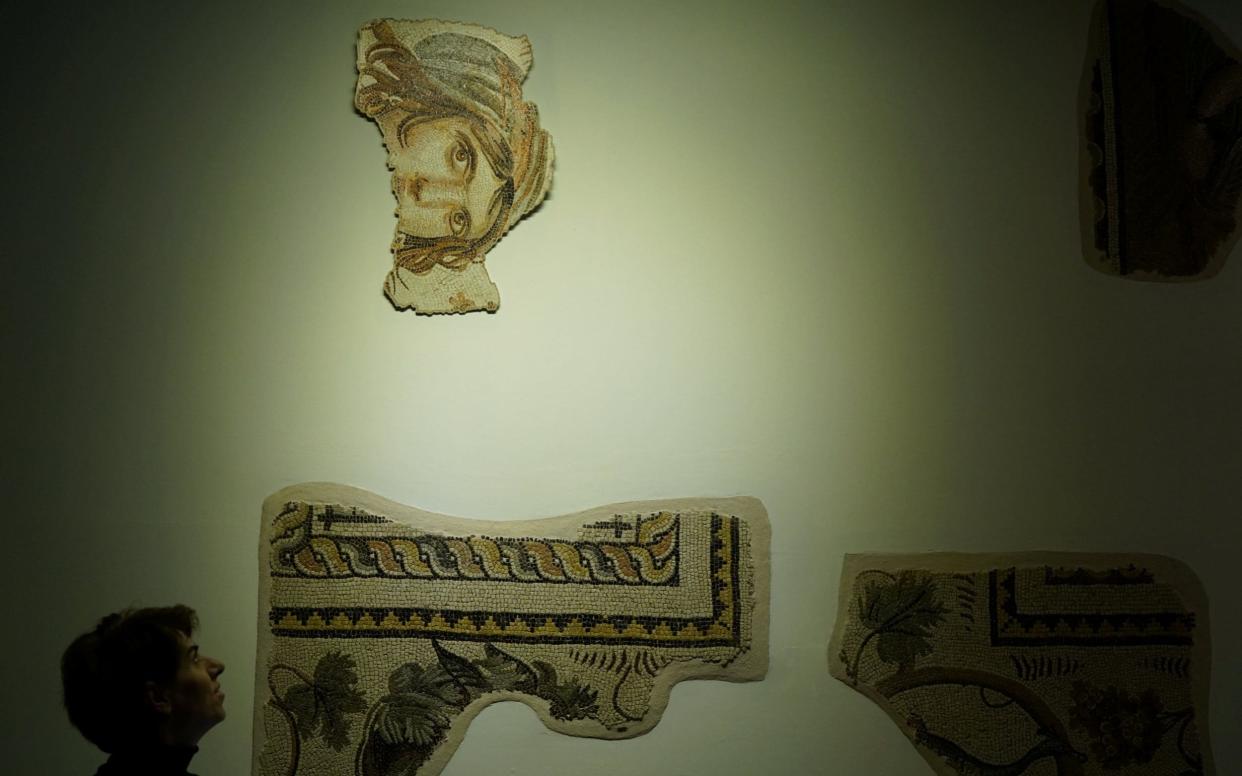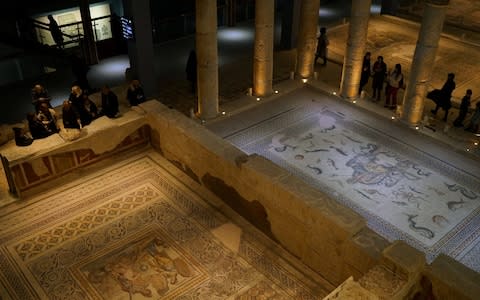Gypsy Girl mosaic returns to Turkey 50 years after its plunder

Missing fragments from one of Turkey's most striking ancient treasures - the haunting, wide-eyed "Gypsy Girl" mosaic - have returned home more than half a century after they were plundered and smuggled to the US.
The returned pieces went on display on Saturday alongside the nearly 2,000-year-old mosaic of the girl, whose piercing gaze and dishevelled hair have become a symbol of Turkey's southeastern city of Gaziantep.
Turkish archaeologists discovered the mosaic 20 years ago during an excavation of the old city of Zeugma, founded by one of Alexander the Great's generals, near the modern city of Gaziantep. They also realised that several accompanying pieces had already been looted.
Those pieces had been smuggled out of the country in the 1960s and bought by Bowling Green State University in Ohio, which displayed them until 2012 when their true provenance was established and Turkey asked for their return.
The university initially asked Turkey to buy them back, a request which Ankara rejected.

After more than five years of talks, an agreement was signed for their return. "The university has signed off on a very important and significant cooperation by returning these pieces to our country as goodwill," a Turkish spokesman said.
Turkey will provide the university with exact replicas of the mosaics to display.
The old city of Zeugma, on the Euphrates river, flourished under Greek and then Roman rule before it was destroyed in war in the 3rd century AD. The 15 square metre Gypsy Girl mosaic is the most prominent symbol of that history.

